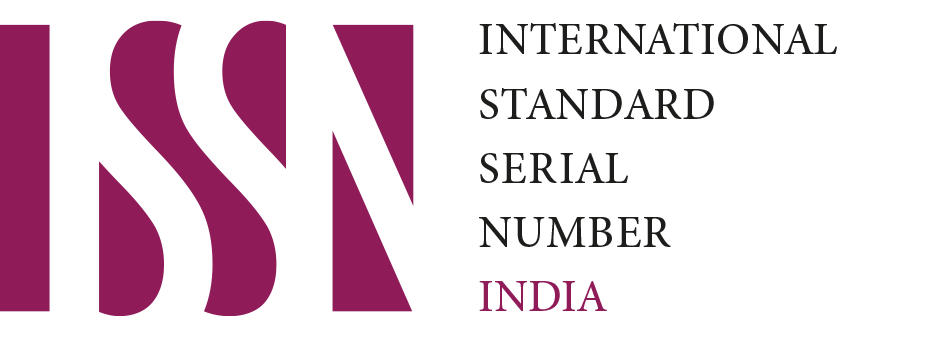The Impact Of Social Media Influencers On Promoting Fashion Clothes Towards Customer's Buying Decision
Keywords:
Polytechnic University of the Philippines–Cabiao Campus, Bachelor of Science in Business Administration Major in Marketing Management, Social Media Influencers, Fashion Clothes and Buying Decision, Consumer Behavior and Influencer Marketing, Compliance , Identification, Internalization, Attitude, Subjective Norms, Perceived Behavioral Control, Purchase IntentionAbstract
This study investigates the pressing issue of how social media influencers shape consumer buying decisions in Cabiao, Nueva Ecija, particularly in the context of fashion clothes. As digital platforms increasingly drive purchase choices, businesses rely on influencers to promote products, yet there is growing concern over how deeply influencers may manipulate consumer preferences through mechanisms like compliance, identification, and internalization. Previous studies have often focused on general urban markets or have not distinguished the unique psychological processes—such as adopting influencers’ values or yielding to social pressure—that guide consumer trust and impulse buying. Addressing this gap, the researchers explored how these specific mechanisms impact key components of the Theory of Planned Behavior, namely attitudes, subjective norms, and perceived behavioral control, which together influence buying decisions. The study employed a descriptive quantitative design, using purposive sampling to target consumers in Cabiao who actively follow fashion influencers and have made online purchases within the past three months. Data were collected through online surveys distributed via social media, ensuring accessibility and relevance to the digital behavior under study. Statistical tools, including weighted mean analysis and Spearman’s rho, were applied to quantify levels of agreement and to test for significant relationships among the variables. This study allowed us to thoroughly examine how social media stars influence people's decisions in the community. Businesses that want to remain in touch with people who reside in semi-urban areas will consider this information very useful. People should be able to utilize this information to build marketing plans that are more honest and function better, meet customers' needs, and encourage them to buy things that are beneficial for them.
References
[1] Ajzen, I. (2021). The theory of planned behaviour: Frequently asked questions. Human Behaviour and Emerging Technologies, 3(2), 314–324. https://doi.org/10.1002/hbe2.195
[2] Alenezi, M. A. (2024). Consumer trust and influencer marketing in small communities. Journal of Marketing Perspectives, 18(1), 56–68.
[3] Chandravathannie, R. (2024). Cultural influences on digital purchasing behaviour. Asian Journal of Consumer Research, 7(2), 112–125.
[4] Guadagno, R. E., & Cialdini, R. B. (2019). Online persuasion and human behaviour: A new look at influence. Journal of Social Psychology, 158(5), 586–599.
[5] Kim, H.-Y. (2021). Digital consumption and the rise of social media influencers. Journal of Retail and Digital Commerce, 11(3), 244–258.
[6] Kondort, G. (2023). Influencers as opinion leaders in digital communities. Social Media Trends Review, 9(1), 89–97.
[7] Lasut, J. T., Saleh, S. M., & Halim, R. H. (2022). Engagement and trust in influencer marketing. Journal of Digital Marketing Research, 16(4), 215–230.
[8] Leo Ao, Y., Zhang, F., & Chen, L. (2023). Platform diversity and consumer feedback in influencer marketing. Online Market Analytics, 14(2), 99–113.
[9] Lie Ao, J. (2023). Cost-effective branding through digital influencers. E-Marketing Journal, 22(1), 45–59.
[10] Lim, A., & Weissmann, C. (2023). Credibility and openness in Philippine influencer marketing. Southeast Asian Journal of Business Research, 5(3), 144–157.
[11] Qalati, S. A., Ostic, D., Shuib, M., Rajput, S., & Galindo, L. (2022). A mediated model on the adoption of social media and customer brand engagement: Evidence from the fashion industry. Journal of Theoretical and Applied Electronic Commerce Research, 17(1), 1–17. https://doi.org/10.3390/jtaer17010001
[12] Saleem, S. (2022). The authenticity factor in influencer marketing: A consumer behavior study. Journal of Consumer Behavior Studies, 10(3), 200–214.
Additional Files
Published
How to Cite
Issue
Section
License
Copyright (c) 2025 International Journal on Management Education and Emerging Technology(IJMEET)

This work is licensed under a Creative Commons Attribution-NonCommercial-NoDerivatives 4.0 International License.





